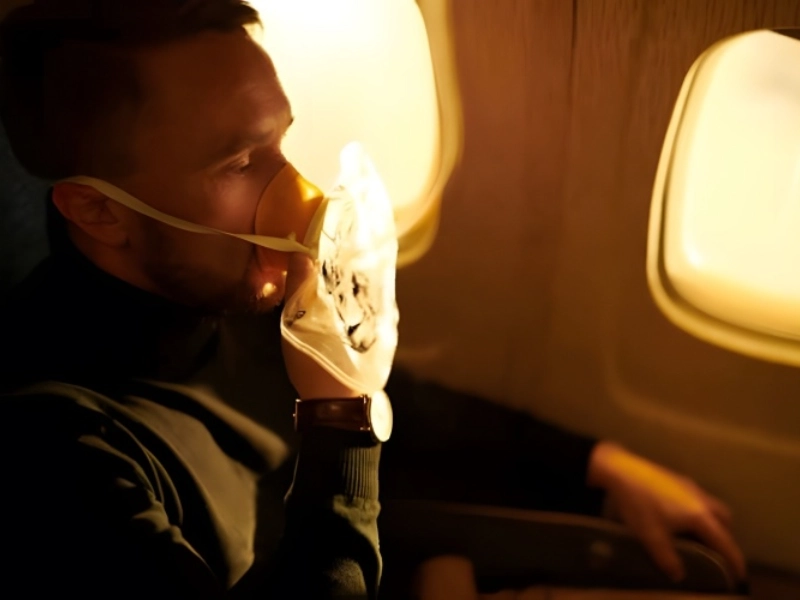
While you’re breathing oxygen from the mask, the pilot is taking swift action to address the situation. The primary goal is to descend rapidly to an altitude where the cabin pressure can be stabilized, allowing passengers to breathe normally without additional oxygen. This altitude is typically around 10,000 feet or lower, depending on the surrounding terrain.
Modern aircraft are designed to make this emergency descent quickly and safely. A skilled pilot can bring a jet down from cruising altitude—usually around 35,000 feet—to a safe breathing altitude in just a few minutes. The 15-minute oxygen supply provides more than enough time to complete this maneuver.
It’s worth noting that the oxygen in these masks doesn’t come from pressurized tanks. Instead, it is chemically generated by a reaction triggered when the masks are deployed. This technology is reliable, lightweight, and doesn’t require storing potentially hazardous pressurized oxygen tanks throughout the aircraft.
Understanding this can help alleviate concerns about using an oxygen mask. While no one wants to experience an emergency, passengers can take comfort in knowing that these devices are ingeniously designed to keep them safe during the critical minutes of an emergency descent.